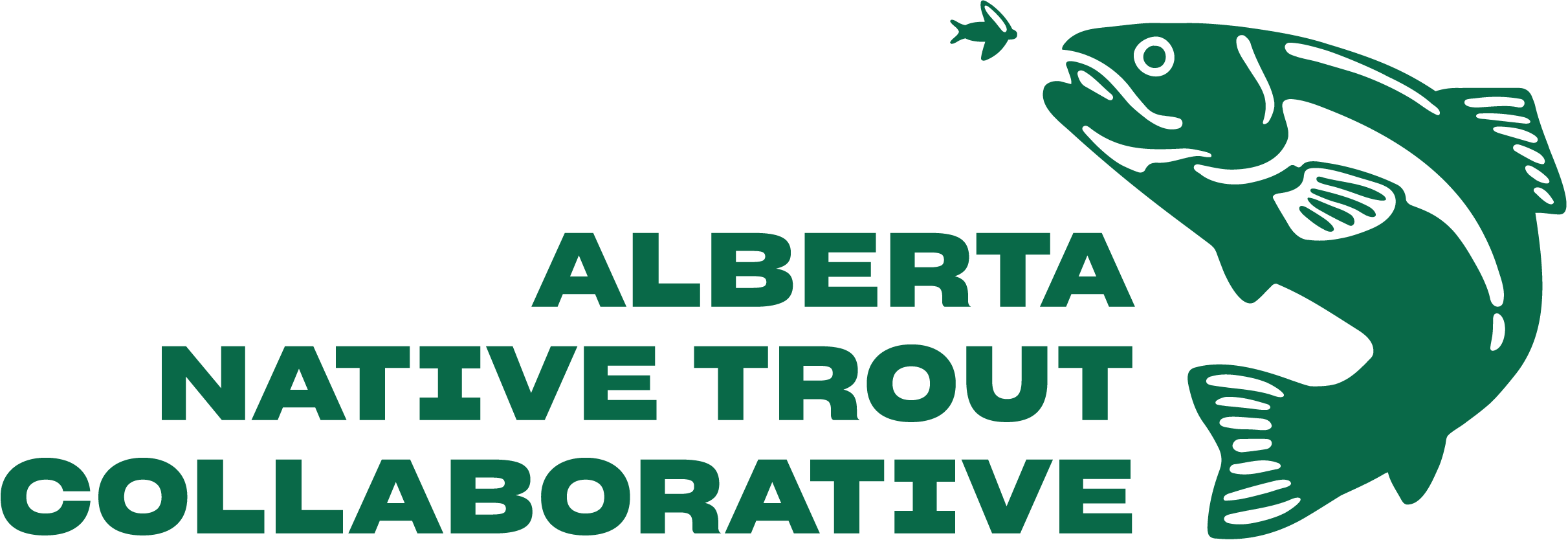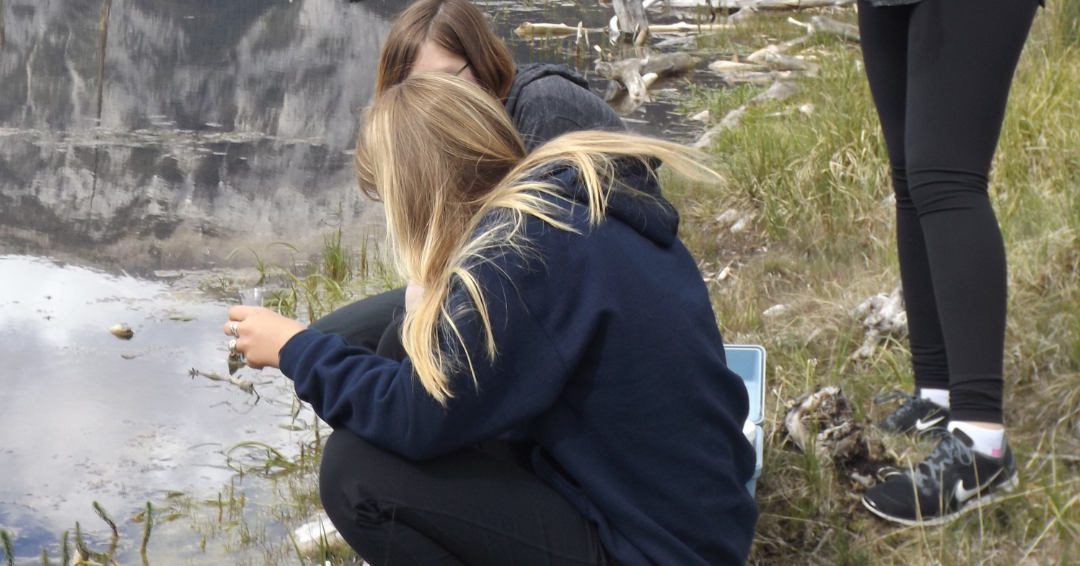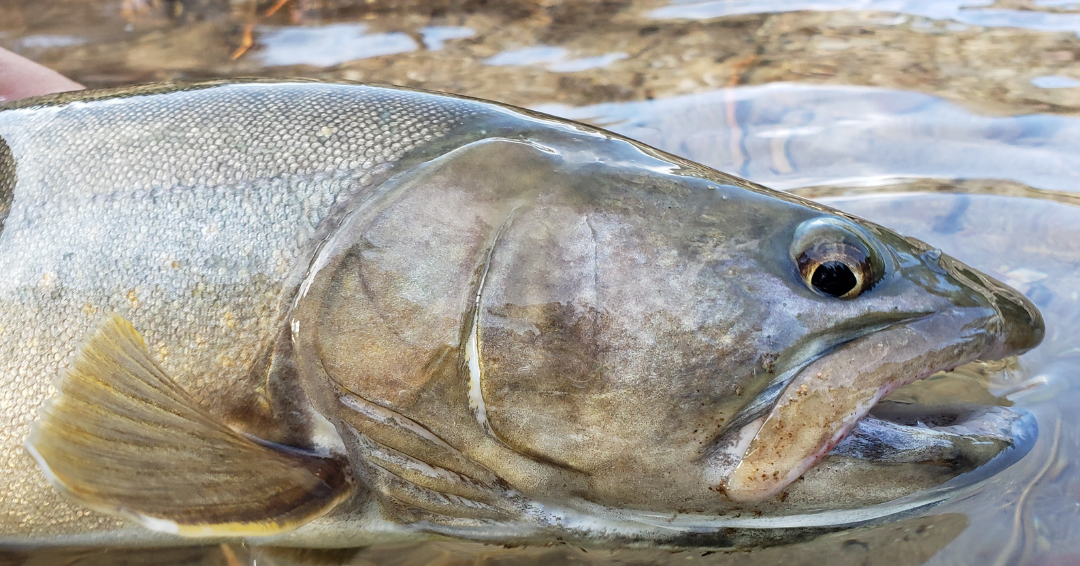Do you know what makes an Athabasca rainbow trout happy or sad? Let’s find out!
PURPOSE
With this movement game, find out what bull trout need to survive and what might be threatening their survival.
RECOMMENDED GRADES
Grades K-3
TIME NEEDED
10-15 minutes
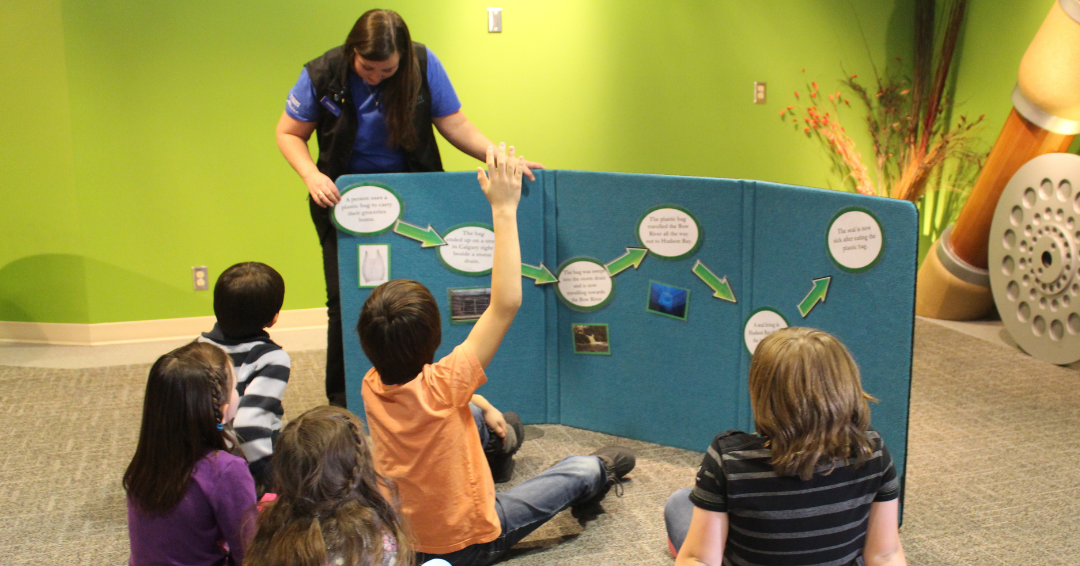
Curriculum CONNECTIONS
Energy (K)
Matter (Grade 3)
Matter (Grade 3)
Earth Systems (K, Grade 1-3
Living Systems (Grade 1-3)
Living Systems (Grade 1-3)
MATERIALS NEEDED
AV equipment for interactive website.
Instructions
- Meet Alberta’s three threatened native trout species on this interactive webpage: Meet Alberta's Native Trout. Learn about healthy native trout habitat here: Healthy Trout Habitats.
- Play Nature Says and/or recap what trout and all species need to survive. Food, water, shelter, space. Where do native trout get these needs from? They require a diversity of habitat types for different parts of their lives and their day-to-day needs. This includes things like deep pools for overwintering, hiding cover and shelter to avoid any predators (e.g. undercut banks, woody debris, boulders), upwelling water and loose gravels for spawning, shade from the sun, and places for feeding (e.g. on aquatic insects (mainly small shrimp), leeches, snails, other fish, and fish eggs).
- To learn more about what native trout need, take a look at the Happy Trout, Sad Trout images and think about how they would affect a bull trout.
- Walk through a couple examples:
-A: Lake: Where do native trout live? Rivers and lakes! Do you think they feel happy or sad about this lake picture? Happy!
-B: Stream with Fallen Logs: Native trout require complex habitat with lots of natural features, including fallen logs. Would a native trout like this habitat? All these hiding and shade spots would make for a happy, protected trout!
-C: Oil: How might oil impact native trout? If it spilled into a lake or river, it would pollute the water. Trout breathe through the gills on their neck, which means anything that is in the water will get into their bodies! Would you like oil to get into your body? No, that would make you sick! It can make trout sick too, so we would be sad.
-D: Bridge: Why might a trout care about a bridge? What could this help prevent? Having bridges means safe crossing for humans, without disturbing trout habitat.
-E: Dog on Leash: While cute to us, dogs can be a threat to native trout habitat! What would leashing your dog do to help protect native trout? Keeping our pets out of streams helps prevent habitat disturbance.
-F: Sunlight: If the sun shines a lot and there is no rain, then the stream where the trout lives might get too warm or dry up. It can leave the trout without a home, so they would be sad. This is happening more often in Alberta due to climate change. However, can trout live without the sun? No! Trout do need the sun, but not too much heat from climate change. The sun makes trout happy, but climate change makes them sad.
-G: Invertebrates: What are these? Would they make for a good snack for a native trout? Yes!
-H: Cows in Stream: How might these cows be harming native trout? Cows can trample over native trout habitat and make for murky conditions. Native trout require clean and clear water to breathe and see!
-I: Invasive Species: Introduced invasive species are competitors of native trout. Species like the goldfish can reproduce at an alarming rate, taking over habitat and food sources.
-J: Off Highway Vehicle (OHVs): What might be wrong with this photo? Recreating responsibly with OHVs means avoiding driving through the water. Can you see the colour of the water? Is it clear? If you were a trout, would you be able to see and breathe properly? No!
-K: Culverts: Do you know what this is? This is a culvert. Culverts help with the flow of water beneath obstacles, such as roads and railways. Unfortunately, these aren’t always fish friendly. Would you be able to travel upstream with one of these in your way? No! - After walking through some of the images together, designate one end of the room as HAPPY and the other as SAD. Have students start in the middle. When you show them an image, students swim to the side of the room that matches the picture (do they think it makes the trout happy or sad?) Repeat for all the happy trout sad trout pictures.
- You can debrief each picture as you go along or keep the game moving quickly to expend some energy and then debrief some of the challenging images at the end.
Discussion:
- Recap what made the trout happy and sad.
- How can kids help keep trout happy and not sad? You can discover more actions to take with the resources below.
Extensions:
- Learn more about threats to native trout in this short video: Threats to Alberta's Native Trout - YouTube.
- Discover ways that anglers, ranchers, off highway vehicle (OHV) users, hikers, and campers can support native trout recovery through our interactive tool Stand Up For Alberta's Native Trout.
- Learn about the Alberta Native Trout Collaborative's efforts to rehabilitate native trout habit through this StoryMap: Rehabilitating Native Trout Habitat in Alberta.
Detailed Curriculum Connection
This activity is courtesy of the
Alberta Native Trout Collaborative
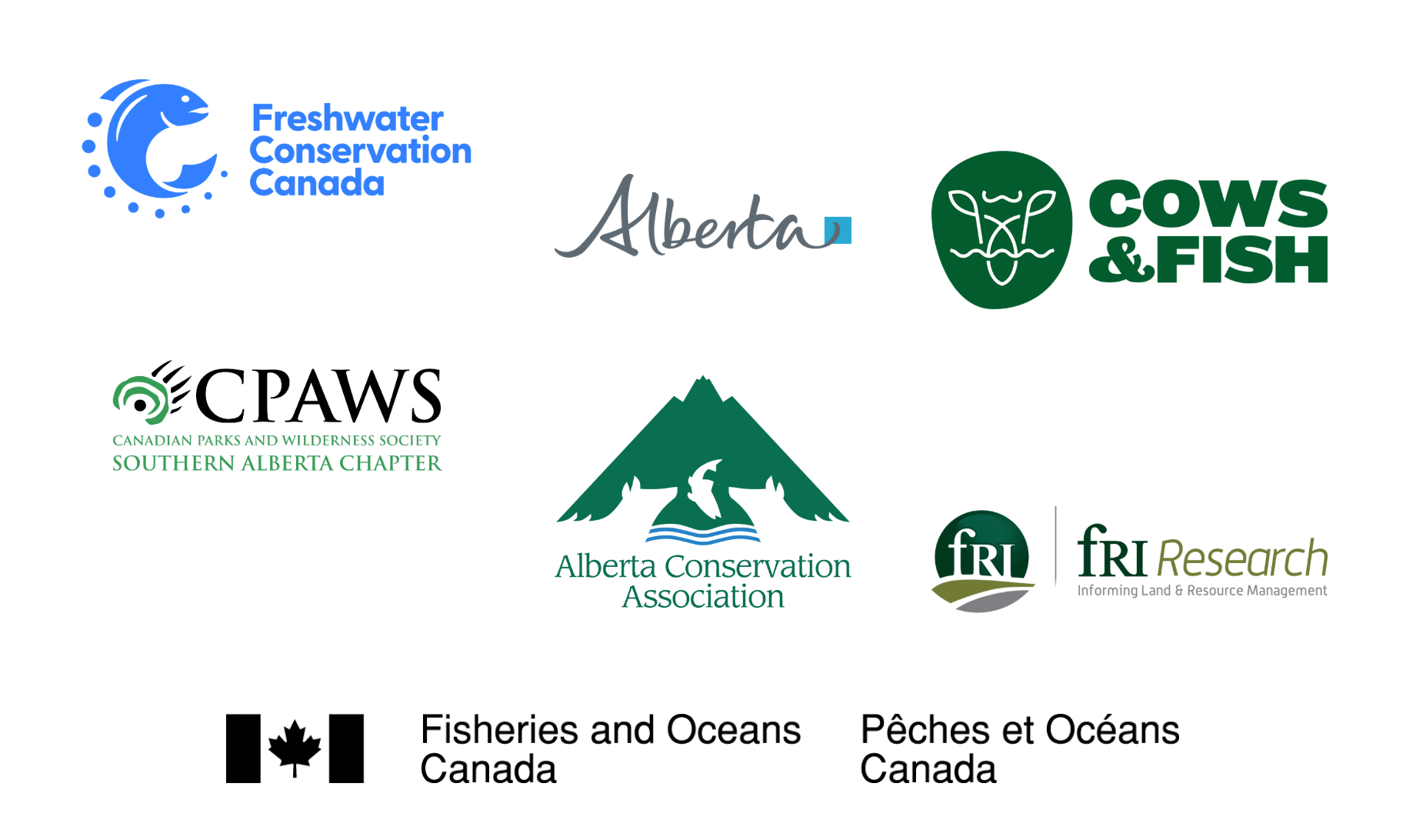
Learn more at albernativetrout.com
